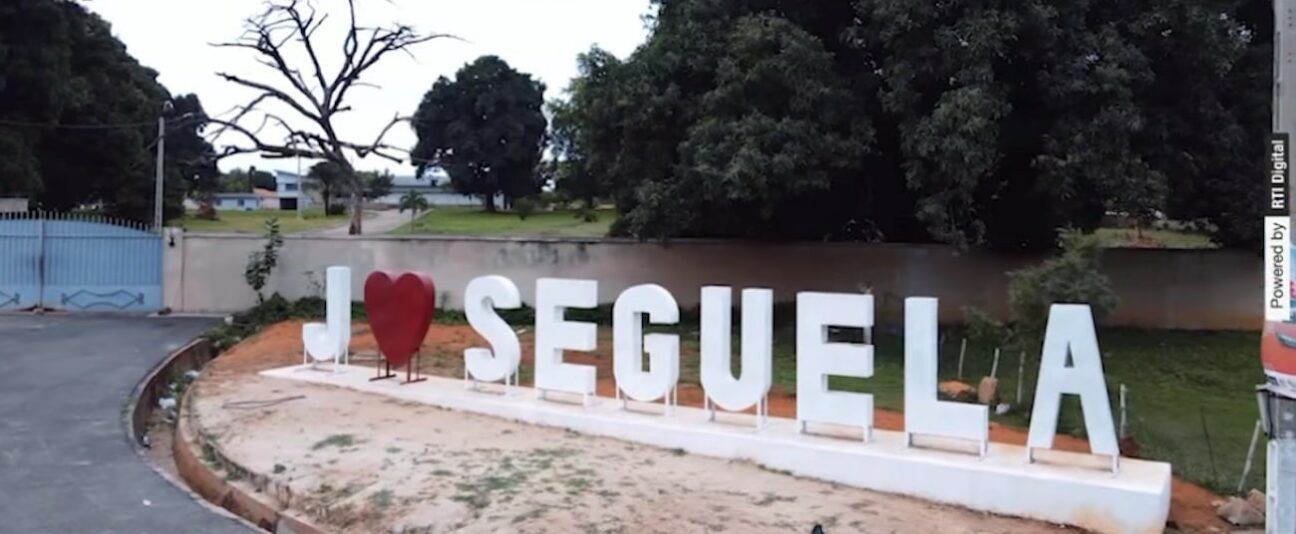
Autonomous District of Woroba
The capital of the Autonomous District of Woroba is the town of Séguéla. The District is located in the north-west of the country, surrounded by the Districts of Savanes, Denguélé, Montagnes, Sassandra-Marahoué, Vallée du Bandama and Guinea. It covers an area of 31,088 km2. It is divided between the regions of Bafing, Béré and Worodougou.
The capital of the Worodougou region and the Autonomous District of Woroba, Séguéla is a town steeped in history, created by the descendants of Soundiata Kéïta, emperor of the Mandingo kingdom and hero of the great 12th-century epic.
The town, which takes its name from the “sèguè”, a tree well known in the region, has remained deeply faithful to its ancestral values, dominated by the town’s great families (the Soumahoro, Binaté, Diomandé, Kéïta, Bakayoko and Dosso).
It has managed to retain its authenticity and traditionalism, which can still be seen in its architecture and has made it one of the most visited towns in the country.
For a long time, this was based around diamond mining, one of the region’s main sources of wealth.
Located 22km from Séguéla, the historic mosque of Siana remains one of the locality’s major attractions. Surrounding the old mosque is the village of artisans. Weavers, cotton spinners, potters and bamboo furniture makers will be showing off their skills.
The Siana mosque, which dates back more than 300 years, is a veritable treasure trove of history, culture and tourism, and is one of the region’s top tourist attractions.
This site, located some twenty kilometres from Séguéla on the road leading to Kani, is much sought after by local people for solutions to their problems. The pond also regularly receives offerings from people who have been satisfied after passing through.
Still in the village of Siana, there is a mysterious forest. The mystery of this forest lies in the disappearance of young girls of excision age. These mystical disappearances are said to have led to the abolition of excision throughout the region and later throughout the country.
In the village of BOBI in Séguéla, artisanal rough diamond mining is the main activity.
The economy of the Séguéla region is based on the exploitation of natural resources of the soil and subsoil. The area is famous for its diamond mining. For the past decade, the main activity in the region has been diamond mining by villagers. These farmers are organised into Cooperative Vocation Groups (GVC), and the fruit of their production benefits the whole village.
The spinners transform raw cotton by hand into thread, which they make available to weavers and other traders for a wide range of uses. The process, which is entirely artisanal, is carried out using tools such as a stone to gin the cotton, two wooden pallets to refine it and a cattail to wind the thread.
Manufacturers of bamboo furniture and other objects are able to reproduce any kind of life-size or miniature object from dried material.
In Bobi, a sub-prefecture of Séguéla, the Massasso mountain provides a panoramic view of the surrounding area. The mountain features a cave that was once used as a refuge by the local population in the event of an attack. Two natural baths can be seen at the foot of the mountain, one of which is said to have been used to wash newborn babies in order to obtain the blessing of the ancestors’ spirits, while the second was intended for barren women so that they could give birth.
Touba is a major town in the Autonomous District of Woroba. The capital of the Bafing region, Touba is known for its cultural dynamism.